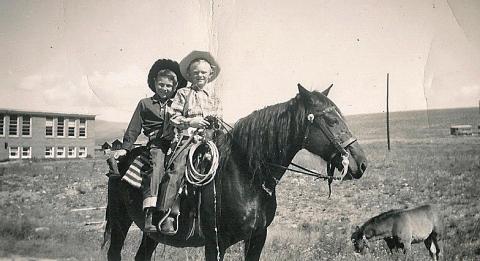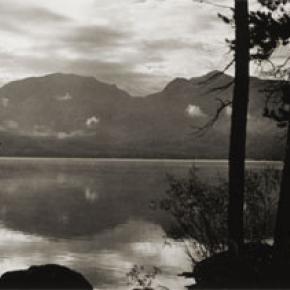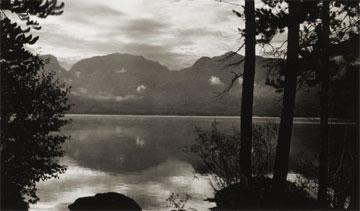Article contributed by students of Joe Kelly's Senior History Class
Zane Grey was one of, if not the most famous western writer of his time. He spent his life traveling the world and writing until his death. Some of his midlife years were spent in Kremmling, Colorado, and other parts of Grand County, where it is said he produced his best-known book Riders of the Purple Sage. His adventures and experiences shaped his literature into the wonderful western classics that we still enjoy today.
Pearl John Gray was born to Lewis M. Gray, a dentist, and his wife, Alice Josephine Zane, on October 1872 in Zanesville, Ohio. Pearl changed his name to Zane soon after his family changed the spelling of their last name. During his childhood, Zane bore much interest in baseball, fishing, and writing, as well as taking part in a few violent brawls. A severe financial setback caused Grey's father to start a new dentistry in Columbus, Ohio in 1889. While helping his father, Zane, who had learned basic dental procedures, made rural house calls as an unlicensed teenage dentist.
Grey attended the University of Pennsylvania on a baseball scholarship, where he studied dentistry practices. The Ivy League was an excellent training ground for future pro baseball players. Zane was a solid hitter and a pitcher with a deadly curveball, but when the distance from mound to plate was lengthened in 1894, his pitching suffered and he was sent to the outfield, dabbling in all three positions. Grey eventually went on to play minor league baseball, even without his pitching.
Grey got his first taste of the West while on his honeymoon, and although amazed, he felt unready to use it in his novels. Grey later took a mountain lion hunting trip on the rim of the Grand Canyon. There, Grey gained the confidence and authenticity to write convincingly about the West, its characters, and its landscape. Treacherous river crossings, unpredictable beasts, bone chilling cold, searing heat, parching thirst, bad water, irascible tempers, and heroic cooperation all became very real to him throughout his travels.
Zane wrote his first western just after the birth of his first child. Soon after, Grey produced his best-known book, Riders of the Purple Sage. These two books sent his career into the western genre, writing classic tales of "conquering the Wild West". Zane Grey was the author of over 90 books and many of them became bestsellers.
Zane Grey made a comfortable fortune through the sale of his novels. Almost all of his books were based on his own experiences and travels. Around half of the year was used for traveling, and the second half of the year was used to put this valuable time and experiences into his next novel. Some of that time was spent in Grand County and Grey owned a home in Kremmling.
Grey indulged his interest in fishing with visits to Australia and New Zealand. He first visited in 1926 and caught several large fish, with the most impressive being a mako shark. Grey established a base at Otehei Bay Lodge on Urupukapuka Island. This hotspot became a magnet for the rich and famous, as well as avid fishermen. He held numerous world records during this time and invented the teaser, a hookless bait that is still used today to attract fish.
Zane Grey lived a wonderful life full of very real and fictitious adventures. While enjoying his later years, he died of heart failure on October 23, 1939 at his home in Altadena, California.
References: Thomas H. Pauley, Zane Grey: His Life His Adventures His Women, 2005, Chicago, University of Illinois Press; http://www.zanegreyinc.com/; http://www.zgws.org/; http://www.zanegreyinc.com/zgworks.html









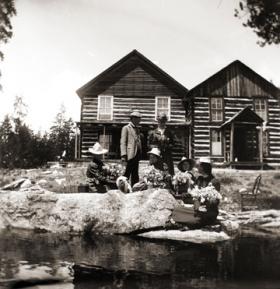
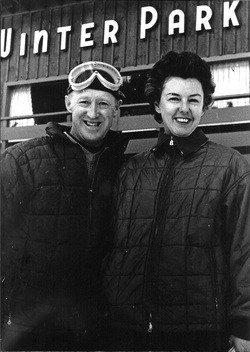

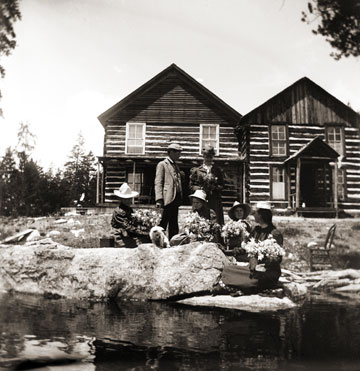
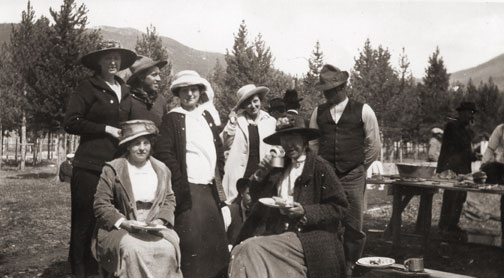




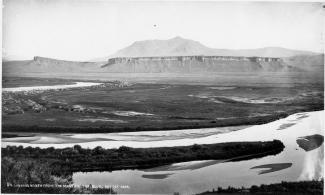

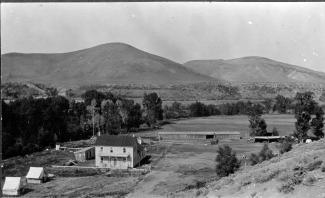
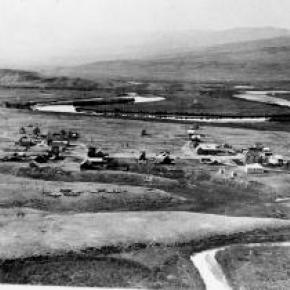


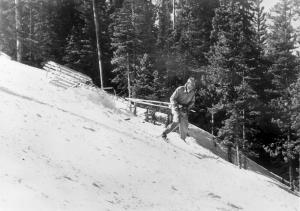
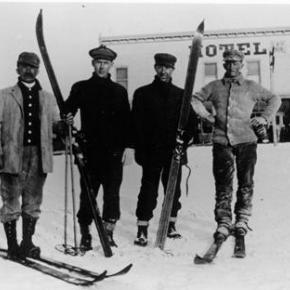
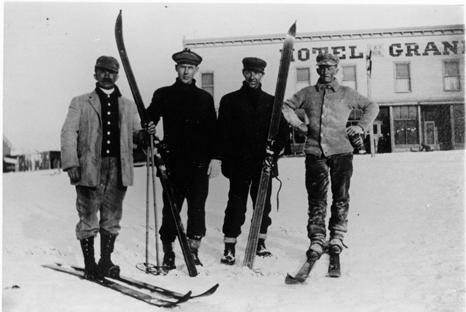
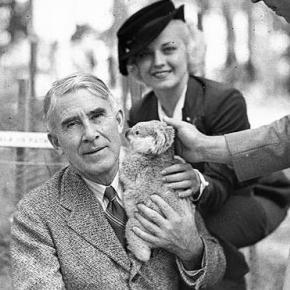

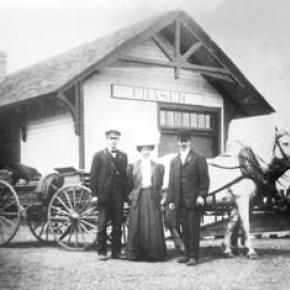
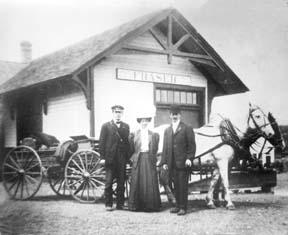
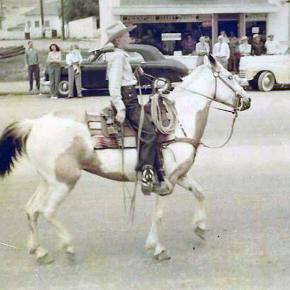
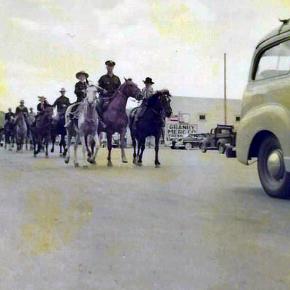
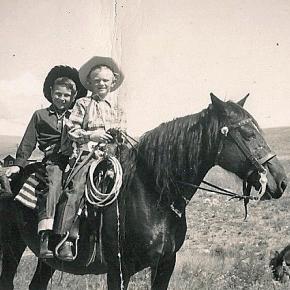
 ,
,  ,
, 